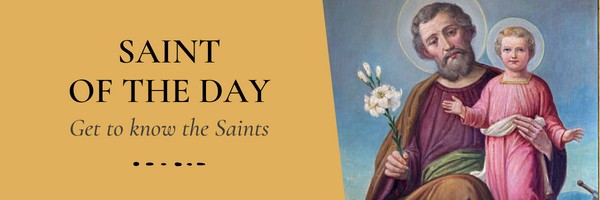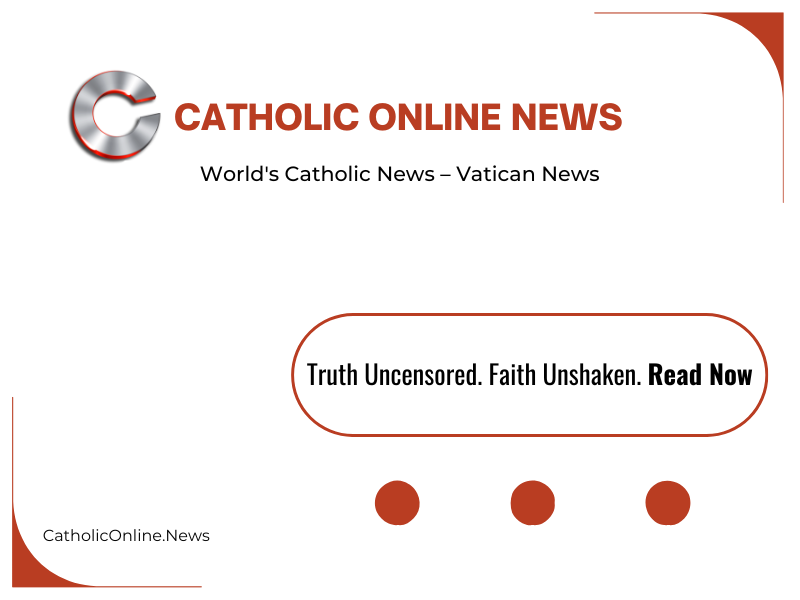
Paten
FREE Catholic Classes
The eucharistic vessel known as the paten is a small shallow plate or disc of precious metal upon which the element of bread is offered to God at the Offertory of the Mass, and upon which the consecrated Host is again placed after the Fraction. The word paten comes from a Latin form patina or patena , evidently imitated from the Greek patane . It seems from the beginning to have been used to denote a flat open vessel of the nature of a plate or dish. Such vessels in the first centuries were used in the service of the altar, and probably served to collect the offerings of bread made by the faithful and also to distribute the consecrated fragments which, after the loaf had been broken by the celebrant, were brought down to the communicants, who in their own hands received each a portion from the patina. It should be noted, however, that Duchesne, arguing from the language of the earliest Ordines Romani (q.v.), believes that at Rome white linen bags were used for this purpose (Duchesne, "Lib. Pont., I, introduct., p. cxliv). We have, however, positive evidence that silver dishes were in use, which were called patinæ ministeriales , and which seem to be closely connected with the calices ministeriales in which the consecrated wine was brought to the people. Some of these patinæ, as we learn from the inventories of church plate in the "Liber Pontificalis" (I, pp. 202, 271 etc.), weighed twenty or thirty pounds and must have been of large size. In the earliest times the patens, like the chalices, were probably constructed of glass, wood, and copper, as well as of gold and silver; in fact the "Liber Pontificalis" (I, 61 and 139) speaks of glass patens in its notice of Pope Zephyrinus (A. D. 198-217).
When towards the ninth century the zeal of the faithful regarding the frequent reception of Holy Communion very much declined, the system of consecrating the bread offered by the faithful and of distributing Communion from the patinæ seems gradually to have changed, and the use of the large and proportionately deep patinæ ministeriales fell into abeyance. It was probably about the same time that the custom grew up for the priest himself to use a paten at the altar to contain the sacred Host, and obviate the danger of scattered particles after the Fraction. This paten, however, was of much smaller size and resembled those with which we are now familiar. Some rather doubtful specimens of the old ministerial patens are preserved in modern times. The best authenticated seems to be one discovered in Siberia, in 1867 (see de Rossi in "Boll. di Archeol. Crist.", 1871, 153), but this measures less than seven inches in diameter. Another, of gold, of oblong form was found at Gourdon. There is also what is believed to be a Byzantine of alabaster in the treasury of St. Mark's at Venice. Some of these patens are highly decorated, and this is what we should expect from the accounts preserved in the "Liber Pontificalis" . In the altar patens of the medieval period we usually find a more marked central depression than is now customary. This well or depression is usually set round with ornamental lobes, seven, tcn, or more in number. At the present day hardly any ornament is used or permitted.
The paten, like the bowl of the chalice must be of gold or silver gilt, and it cannot be used before it has been consecrated with chrism by a bishop. The formula employed speaks of the vessel as blessed "for the administration of the Eucharist of Jesus Christ, that the Body of our Lord may be broken upon it." and also as "the new sepulchre of the Body and Blood of Jesus Christ ". In the Oriental liturgies there is placed upon the altar a vessel called the discus, analogous to the paten, but it is of considerably larger size.
Join the Movement
When you sign up below, you don't just join an email list - you're joining an entire movement for Free world class Catholic education.
- Advent / Christmas
- 7 Morning Prayers
- Mysteries of the Rosary
- Litany of the Bl. Virgin Mary
- Popular Saints
- Popular Prayers
- Female Saints
- Saint Feast Days by Month
- Stations of the Cross
- St. Francis of Assisi
- St. Michael the Archangel
- The Apostles' Creed
- Unfailing Prayer to St. Anthony
- Pray the Rosary
![]()
Copyright 2025 Catholic Online. All materials contained on this site, whether written, audible or visual are the exclusive property of Catholic Online and are protected under U.S. and International copyright laws, © Copyright 2025 Catholic Online. Any unauthorized use, without prior written consent of Catholic Online is strictly forbidden and prohibited.
Catholic Online is a Project of Your Catholic Voice Foundation, a Not-for-Profit Corporation. Your Catholic Voice Foundation has been granted a recognition of tax exemption under Section 501(c)(3) of the Internal Revenue Code. Federal Tax Identification Number: 81-0596847. Your gift is tax-deductible as allowed by law.







